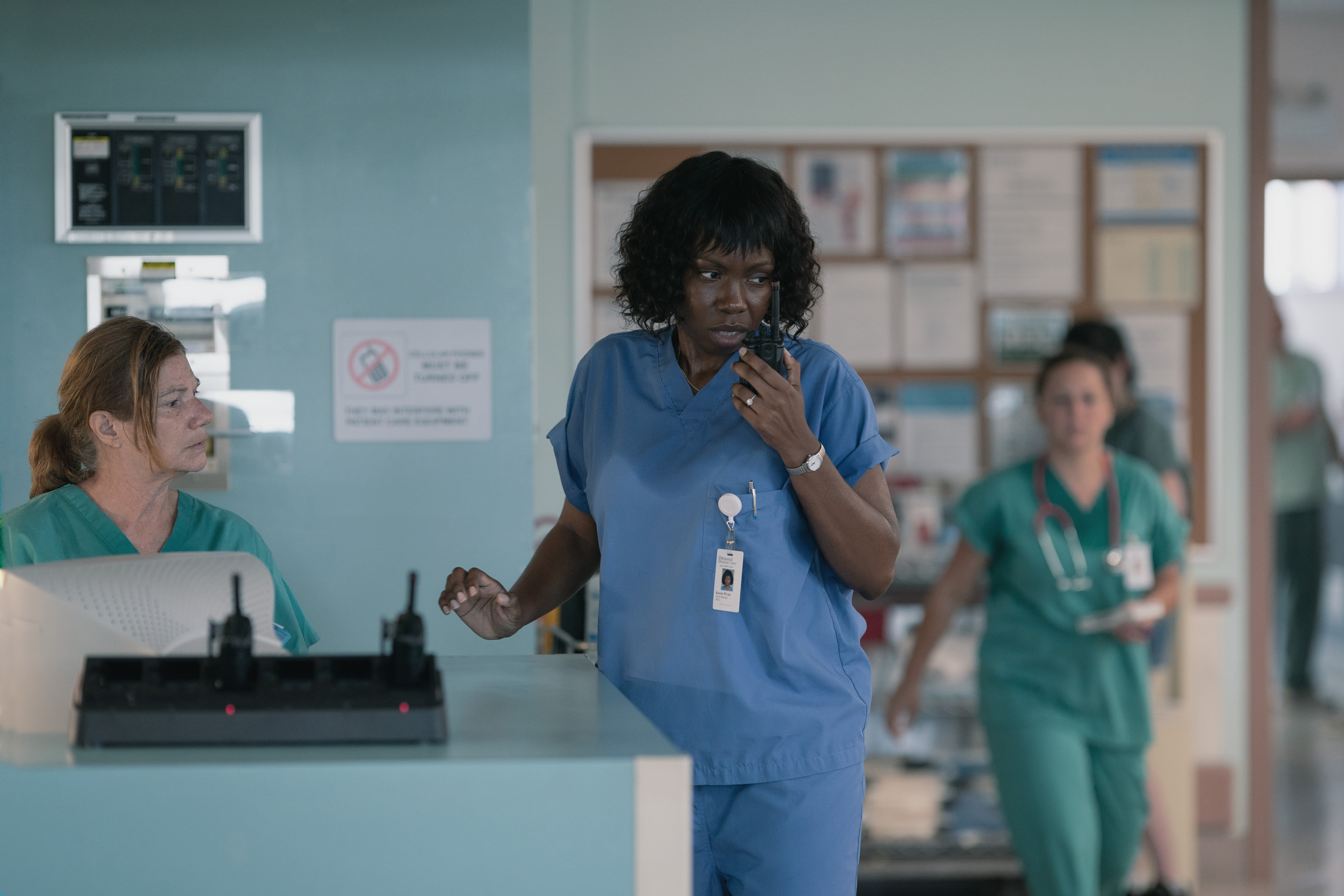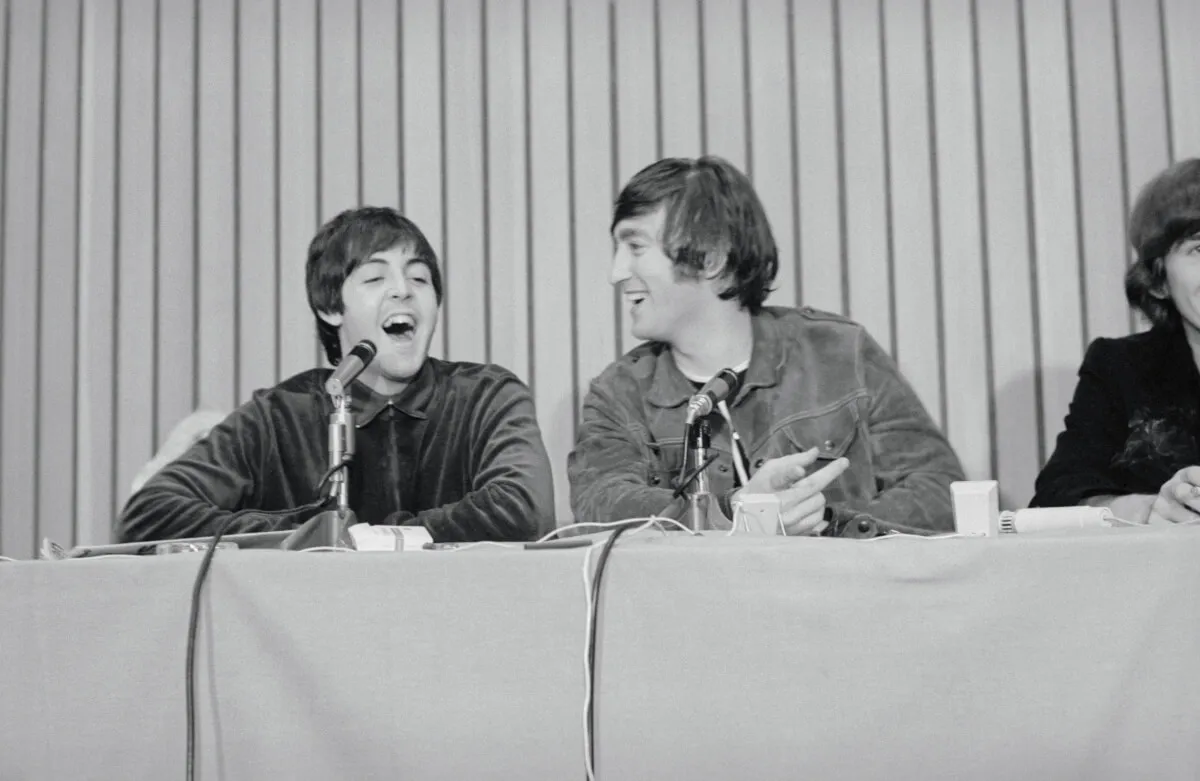
Apple TV+ Hurricane Katrina Miniseries: ‘Five Days At Memorial’ Review — Gut-Wrenching, Disturbingly Timely, and Masterful
Carlton Cuse and John Ridley stopped at nothing to recreate the scenes at Memorial Hospital during Hurricane Katrina, and Apple TV+ gave them all the resources to create a heart-wrenching masterpiece in Five Days at Memorial. Hurricane Katrina struck the Gulf Coast 17 years ago, but the emotions came flooding back within moments in the opening scenes of Five Days at Memorial. The timeliness is at the forefront of the story as it echoes the coronavirus (COVID-19) pandemic. How do doctors and nurses choose who gets care and who gets rescued when supplies are limited? Showbiz Cheat Sheet spoke with director Carlton Cuse and actor Adepero Oduye ahead of the release of Five Days at Memorial for this review.

‘Five Days at Memorial’ timeline zeroes in on one hospital but tells a broader story
Apple TV+’s Five Days at Memorial tackles social and racial issues that America still faces today. Cuse and Ridley use footage from the time and then recreate precisely what happened at one hospital that left 45 patients dead in only five days. They tell the story and leave viewers to grapple with the unresolved questions. How could something this catastrophic happen in one of the wealthiest countries in the world?
No cost was too much to show the heartache the doctors, nurses, and patients endured in the days following Katrina’s landfall in New Orleans, Louisiana. The show built a four million gallon water tank to recreate a hurricane and flew a U.S. Coast Guard helicopter across the Canadian border during a pandemic.
It all came together to make one cataclysmic point: the socioeconomic issues plaguing this country haven’t changed in 17 years. Those who were hit hardest during Hurricane Katrina were hit again when COVID-19 struck the country. The actors and producers hope the series encourages viewers to talk about all of the issues they bring to light. Adepero Oduye, who portrays nurse manager Karen Wynn, hopes that the conversations lead to solutions so that “we don’t we don’t repeat this again.”
“I’m very proud that the story was handled with care and tenderness,” The Falcon and The Winter Soldier star reflected on the eight-part miniseries. “I don’t think we’re telling people how to feel about anything. We’re just showing you as best we can what this story was like for these people.”
‘Five Days at Memorial’ episodes review the socioeconomic and racial issues at the forefront of the devastated Gulf Coast
In Five Days at Memorial, the scene switches from the devastation in New Orleans to three men having lunch on a golf course. Viewers find out Michael Arvin’s importance later. However, the disparity between the horrific scene in the hospital and the sumptuous lunch at the country club is enough to show the contrast.
The three upper-class white men discuss whether an event like Hurricane Katrina is “good for business.” Meanwhile, the predominantly poor and Black people of New Orleans fight for their lives while their homes are destroyed.
Five Days at Memorial episodes review the failures at multiple levels. At one point, firefighters stood around for an entire day, waiting for instructions to come. They had supplies and were ready to begin rescue operations, but no orders came.
The archival footage from New Orleans and the surrounding area shows the story of what happened outside the hospital. The local, state, and federal rescue efforts all failed the people.
Healthcare professionals were forced to make tough decisions during Hurricane Katrina
Within the hospital’s walls, Cherry Jones portrays Director of Nursing Susan Mulderick. As the head of the Emergency Disaster Committee, she quickly became the Incident Commander for Katrina, tasked with making impossible decisions about the 2,000 people inside the hospital when the hurricane struck. Who gets rescued first? Is it the sickest, most critical patients or those who can quickly walk to the rescue boats?
The 20-foot storm surge ruptured the levees around New Orleans, flooding 80% of the city. The water quickly flooded the hospital’s basement, shutting off the generators and creating stifling heat. There was no evacuation plan in place, and the rescue boats and helicopters were far and few between. Susan had to choose who to send on the few boats and helicopters that arrived. Vera Farmiga portrays Dr. Anna Pou, who grappled with what to do about the patients about to be left behind.
“We really wanted to examine that process nonjudgmentally and let the audience see what unfolded,” director Carlton Cuse told Showbiz ahead of our Five Days at Memorial review. “And then the audience could make up their own mind about the circumstances. But mostly, I think we were trying to point out how any health care professional is put in situations like this where health care has to be rationed, where you have to make decisions about who gets what or who gets rescued or who gets prioritized. Those are terrible, impossible decisions that no one should have to make. And hopefully, in the future, people will learn from experiences like this, and we won’t have situations like this anymore.”
The first three episodes of Five Days at Memorial hit Apple TV+ on Aug. 12, 2022. The remaining episodes drop every Friday following the premiere.


